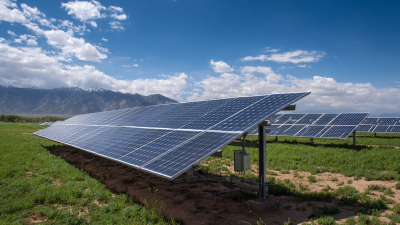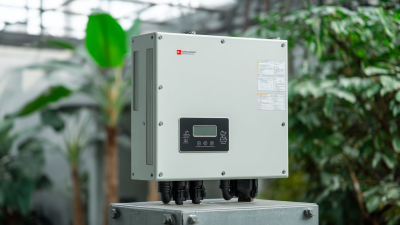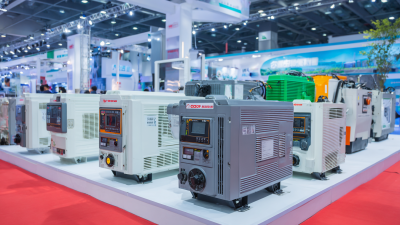
-
Home
-
About Us
-
Products
-
Total Solution
-
News
-
Blog
-
Contact Us
Leave Your Message
-
-
Phone
-
E-mail
-
Whatsapp
-
Whatsapp



The 138th Canton Fair, set to take place in 2025, promises to be a pivotal event for the photovoltaic industry, particularly in the realm of Photovoltaic Inverters. As global energy demands escalate alongside an urgent shift towards sustainable solutions, the role of Photovoltaic Inverters has become increasingly significant. These devices not only convert the direct current generated by solar panels into alternating current for household and industrial use, but also enhance system efficiency and safety. At the fair, industry leaders, innovators, and stakeholders will converge to explore the latest advancements and trends in Photovoltaic Inverters, facilitating crucial dialogues on technological improvements, market dynamics, and the overall trajectory of renewable energy. This comprehensive overview will shed light on how such innovations can shape the future landscape of solar energy, underscoring the importance of these components in achieving a greener tomorrow.
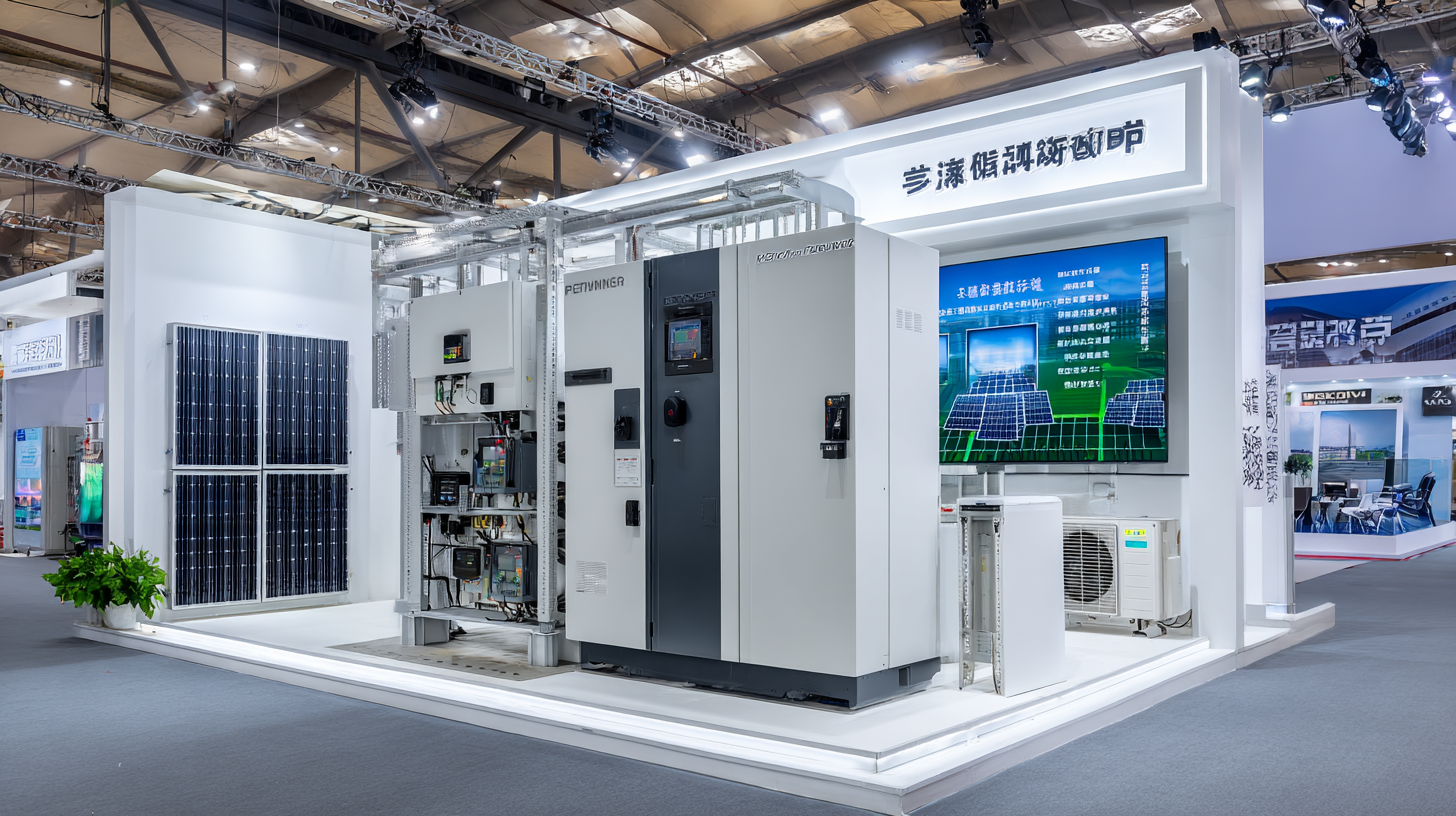
The 138th Canton Fair 2025 is set to showcase a plethora of innovations in photovoltaic inverter technology, reflecting the dynamic transformation within the renewable energy sector. As more countries commit to net-zero targets and increase investments in solar energy, the global photovoltaic inverter market is projected to reach USD 20 billion by 2026, with a compound annual growth rate (CAGR) of 7.5%. This trend underscores the rising demand for more efficient and reliable inverter solutions that optimize energy conversion and improve overall system performance.
One of the most exciting trends expected at the fair is the integration of smart technologies into photovoltaic inverters. Features such as artificial intelligence (AI) and machine learning are becoming pivotal for predictive maintenance and maximizing energy production. According to a recent market report by Allied Market Research, the smart inverter segment alone is anticipated to witness a CAGR of 15% from 2023 to 2028, driven by the need for enhanced grid stability and advanced monitoring capabilities.
**Tips:** When exploring photovoltaic inverter options at the fair, consider models that offer compatibility with energy storage systems to enhance energy management. Additionally, prioritize inverters that provide robust connectivity features for real-time data analysis, ensuring you stay ahead in the rapidly evolving solar market.
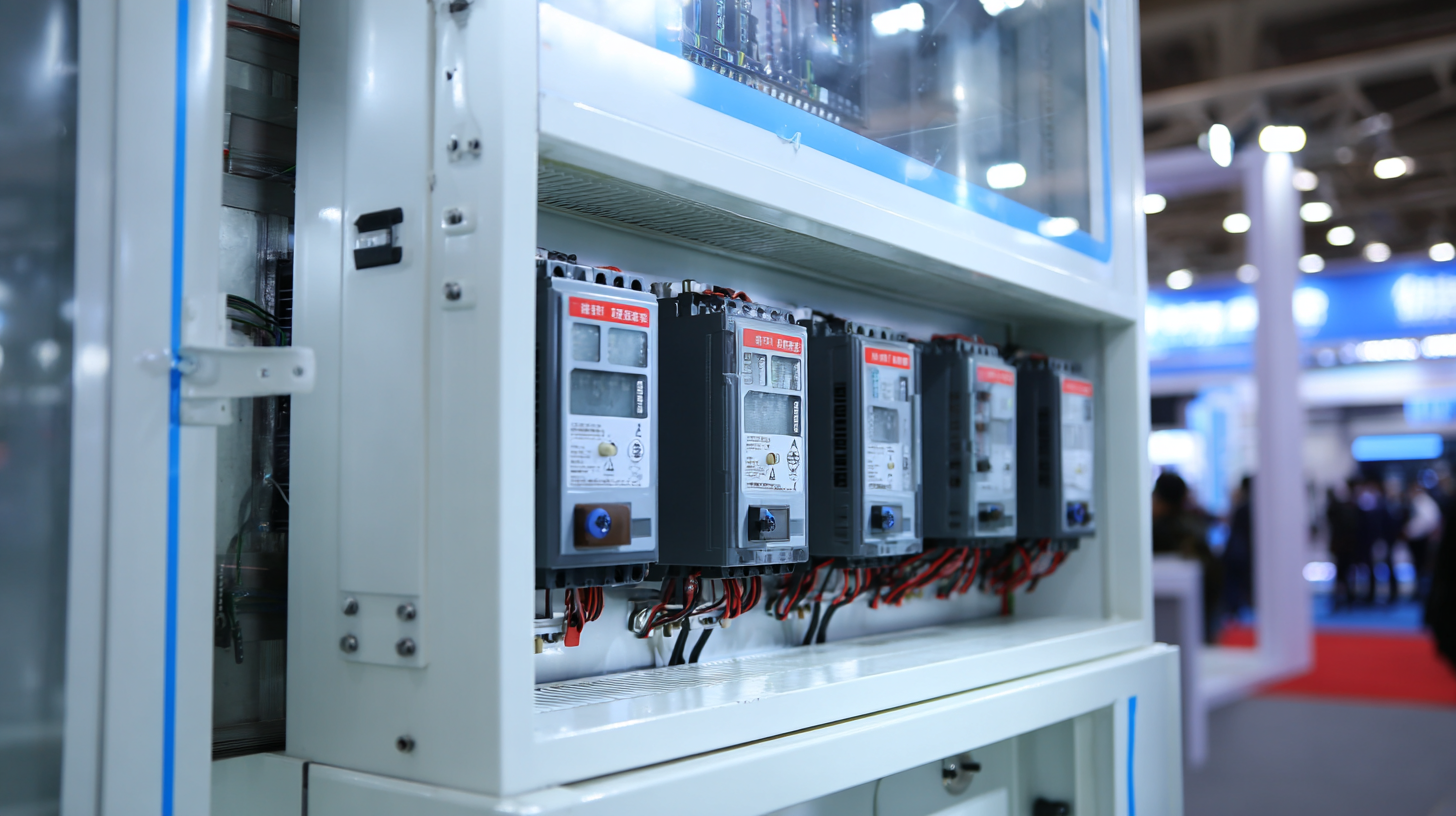
The photovoltaic inverter market is experiencing significant growth, with projections indicating a rise from
$53.49 billion in 2024 to
$209.74 billion by 2032, achieving a compound annual growth rate (CAGR) of
18.62%. This growth reflects the increasing demand for renewable energy solutions as industries and households shift towards sustainable power sources. Additionally, the global DC contactor market is expected to reach
$537.3 million by 2025, further underscoring the expansion of complimentary technologies in the photovoltaic ecosystem.
Tips: To navigate this evolving market effectively, stakeholders should focus on investing in innovative inverter technologies and exploring partnerships to enhance product offerings. Adopting advanced energy storage solutions will also be vital, as they complement the efficiency of photovoltaic systems.
The residential solar photovoltaic inverter market is particularly notable, with an estimated value of
$6.4 billion in 2023 and a staggering CAGR of
30.3% projected through 2032. As homeowners increasingly look for ways to harness solar energy, investing in high-quality inverters will be crucial for maximizing energy production and ensuring system reliability.
Tips: Industry players should stay attuned to advancements in inverter technology and consumer preferences for smart home integration. An agile approach to product development will be key in capturing market share in this rapidly evolving sector.
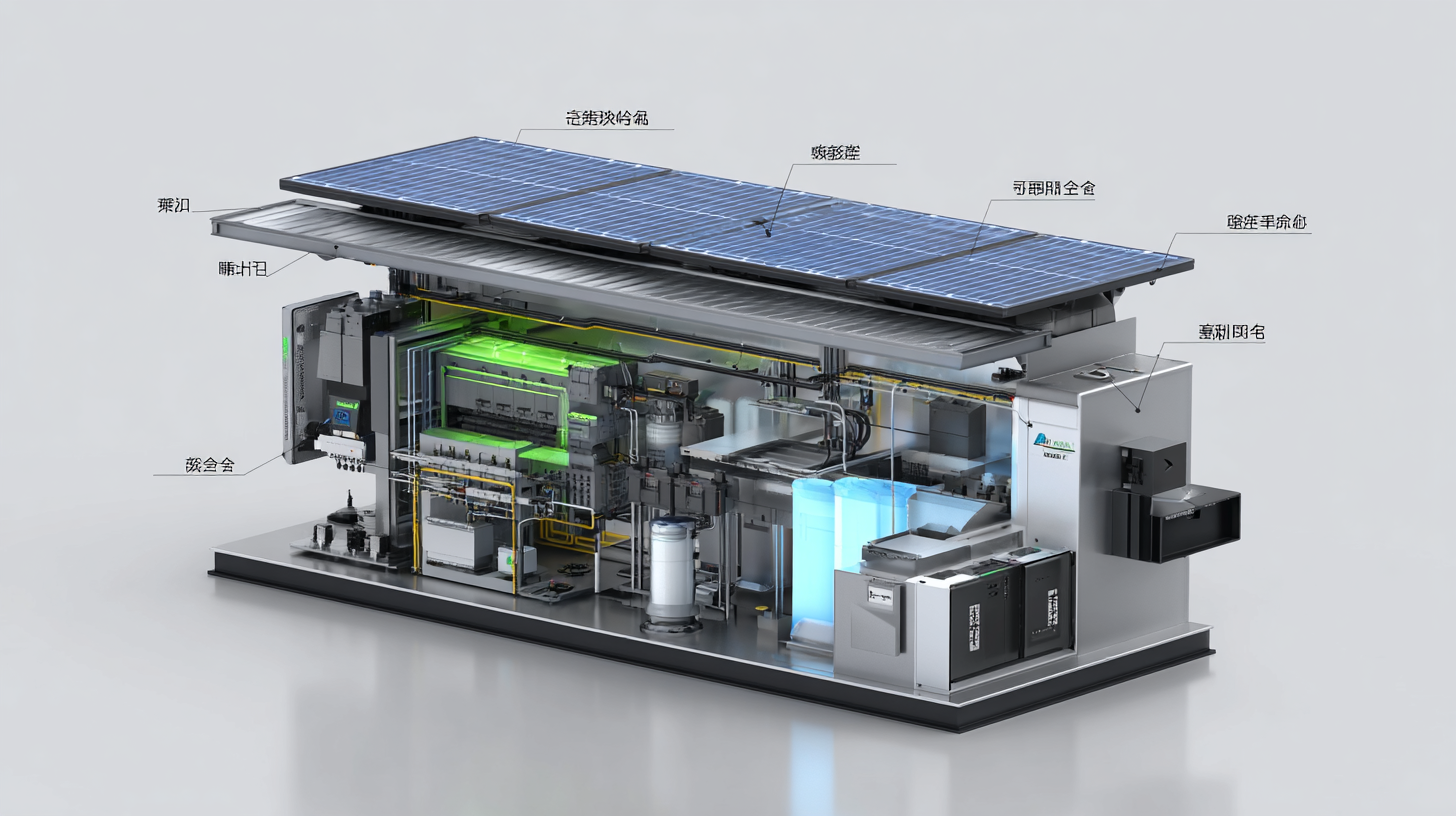
The ongoing evolution of smart inverters is transforming the solar energy landscape, offering enhanced efficiency and remarkable flexibility to solar energy systems. As highlighted in recent market reports, the global smart inverter market is projected to witness significant growth, reaching an estimated value of $20 billion by 2025. This surge is primarily driven by advancements in inverter technologies that facilitate better grid integration and improve energy management in residential and commercial installations.
The 138th Canton Fair in 2025 will showcase a variety of innovations in smart inverters, which are designed to optimize energy output while minimizing losses. For instance, the implementation of Artificial Intelligence (AI) in inverter systems is allowing for real-time data analytics, enabling systems to adapt based on environmental conditions and demand fluctuations. Reports indicate that integrating AI could potentially increase solar energy efficiency by up to 15%.
**Tip:** When selecting a smart inverter for your solar installation, consider models that offer built-in monitoring features. These systems can provide insights into energy production and consumption, helping you make informed decisions for energy usage.
Another area of development is the rise of bi-directional inverters, which serve both as a connection to the grid and as storage systems for battery backups. As regions continue to push for decentralized energy solutions, the flexibility and reliability of bi-directional inverters will be crucial for maximizing renewable energy adoption.**Tip:** Look for inverters with grid-forming capabilities to increase system resilience during outages.
The photovoltaic inverter industry is poised for significant growth in 2025, driven largely by evolving regulatory frameworks. As nations prioritize renewable energy, understanding key policies is essential for manufacturers and stakeholders. For instance, emerging energy policies aimed at reducing carbon emissions are likely to promote the development of more efficient and innovative inverter technologies. The enforcement of stringent safety and performance standards will also play a crucial role in shaping product offerings in the market.
Tips for producers navigating this regulatory landscape include staying abreast of both local and international standards, as non-compliance can result in costly setbacks. Collaborating with regulatory bodies early in the product development process can facilitate smoother approvals and enhance the market acceptance of new technologies. Additionally, investing in training for staff to understand and implement these regulatory measures will ensure a competitive edge in the fast-evolving sector of photovoltaic inverters.
As we approach the 138th Canton Fair, exhibitors should focus on showcasing their ability to adapt to these regulations while also highlighting advancements in inverter efficiency and smart technology integration. By aligning product features with regulatory demands, companies can better position themselves for successful market penetration in 2025 and beyond.
The life cycle assessment (LCA) of photovoltaic (PV) inverters plays a pivotal role in understanding their environmental impact throughout their lifespan, from production to disposal. Recent studies highlight the urgent need to optimize the layout and design of roof-mounted PV systems to minimize both their ecological footprint and the load on building structures. This aligns with the industry's push towards sustainability, emphasizing that innovative inverter solutions must not only focus on efficiency but also on their environmental implications.
Advancements in PV technology are being informed by comprehensive reviews that analyze recent developments and anticipate future trends. The incorporation of renewable energy systems into the existing power infrastructure is crucial for reducing greenhouse gas emissions and enhancing overall sustainability in energy generation. As stakeholders at events like the Canton Fair explore the future of photovoltaic inverters, addressing these sustainability and environmental considerations will be essential for cultivating a more resilient and eco-friendly energy landscape.
| Dimension | Value | Notes |
|---|---|---|
| Market Growth Rate (2025) | 15% | Anticipated annual growth rate for photovoltaic inverters. |
| Average Efficiency | 98% | Current technology efficiency level. |
| Product Lifespan | 10-15 years | Typical lifespan for high-quality inverters. |
| Recyclability Rate | 90% | Percentage of materials that can be recycled. |
| Government Incentives | 25% Tax Credit | Current federal incentive for solar installations. |
